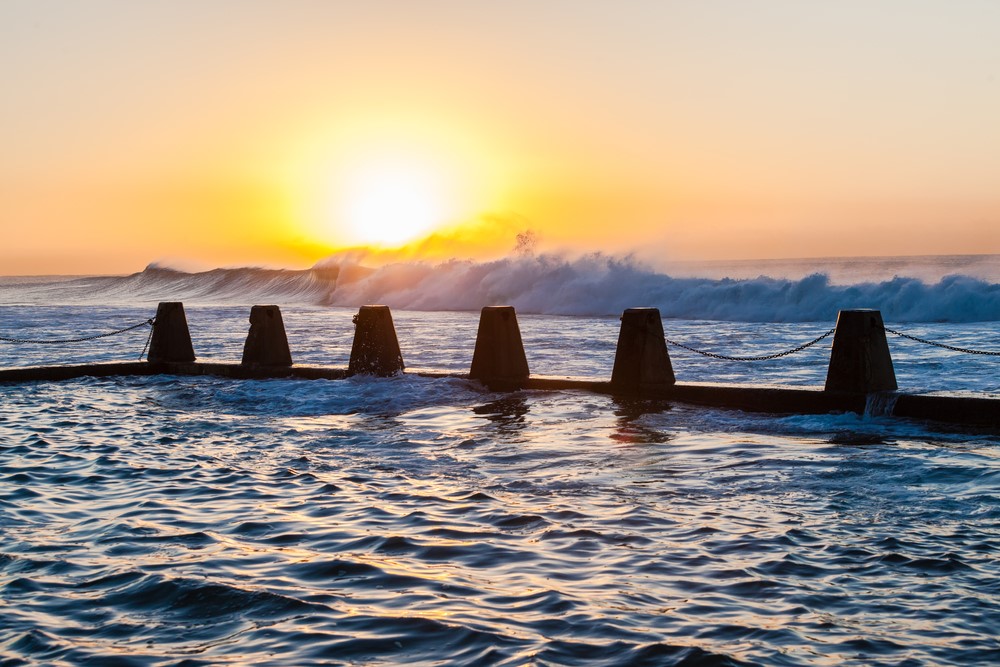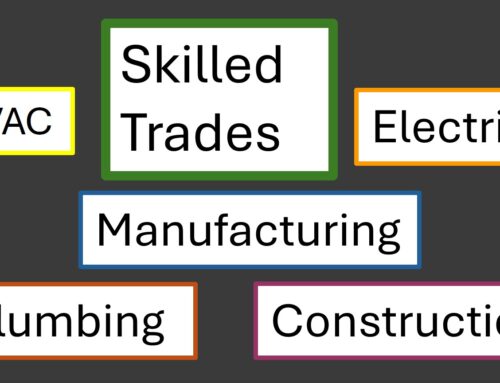 Renewable energy is a growing industry – almost everyone is familiar with solar panels, wind farms, and hydroelectric dams.
Renewable energy is a growing industry – almost everyone is familiar with solar panels, wind farms, and hydroelectric dams.
A newer, up-and-coming form of renewable energy is ocean energy, which can be harnessed in various ways. Considering that the ocean covers 75% of the earth’s surface, ocean energy can potentially power large portions of the globe. Additionally, the ocean itself is full of kinetic energy waiting to be converted into power. While there are different forms of ocean energy in development, including thermal energy and salinity gradient energy, one to keep an eye on is tidal energy, which converts and generates power from the predictable rise and fall of the tide.
How Does Tidal Energy Work?
Still in the initial stages of research and development, there is much to learn about tidal energy’s effectiveness. Currently, there are three different ways to obtain tidal power.
Tidal Streams: Underwater turbines, similar to wind turbines, are placed directly in tidal streams. The fast-flowing current of the tide turns the turbine blades, which then drive a generator, capturing the energy and converting it into electrical power. Because of the predictability of the tide and because water is denser than wind, this energy form is considered to be stronger and potentially more reliable than wind power.
Tidal Barrages: Barrages, or large dams, with internal turbines take advantage of the energy stimulated by the tidal range (the difference between high and low tide). Barrage gates open with the rising tide, allowing the water to fill a lagoon. Then, as the tide falls, the gates open at a rate that enables engineers to control the energy from the rushing water. Barrages are constructed in straight, imposing structures along estuaries and have a significant impact on the environment.
Tidal Lagoons:
Similar to a barrage in function, a tidal lagoon is different in that it can be constructed to enclose the footprint of an entire coastline behind a more environmentally friendly breakwater. The breakwater walls can be fully submerged at high tide (to allow sea life to exit from the lagoon) and, at low tide, look simply like a wall of rocks and boulders.
Pros and Cons of Tidal Energy
Both the pros and cons of tidal energy are significant.
Pros:
Tides, controlled by the gravitational power of the moon, rise, and fall every day without fail. Therefore, harnessing tidal energy is predictable and reliable. It also produces zero carbon emissions while kicking out high amounts of electricity due to water’s density and sheer force.
Tidal energy is renewable yet limited to specific locations based on state-to-state and national laws and the tidal range of that location.
Cons:
The biggest issue with tidal energy is the impact on the sea’s environment. Barrages and turbines can kill or injure sea life, change the biome along the coastline, and even affect the tidal pattern itself.
Ocean energy and tidal power are still the “new kids on the block” but have the potential to change how we do energy!
At Gillmann Services, we proudly support renewable energy. With an additional focus on manufacturing, mining, and marine construction, we’re dedicated to supplying quality talent and opportunities to all our customers. Contact us today because we work for you!






